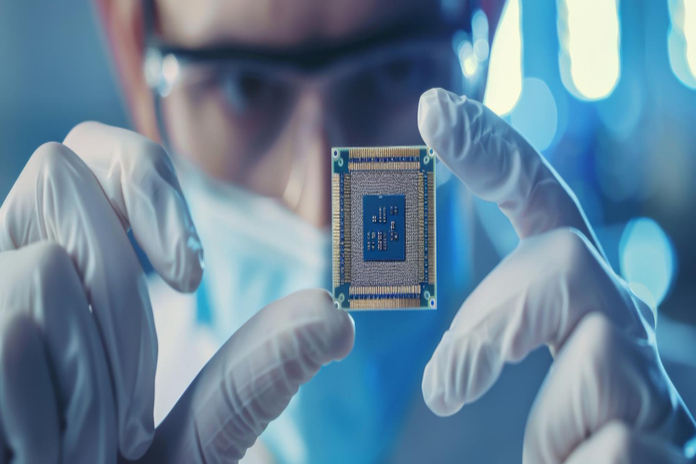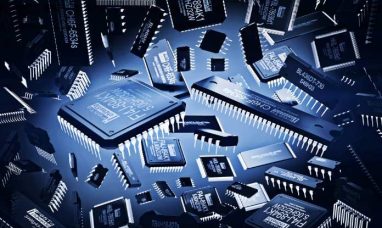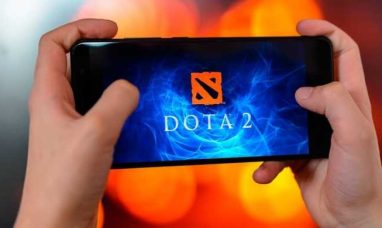In a strategic move to streamline operations, Intel Corporation (NASDAQ:INTC) has divested its stake in UK-based chip designer Arm Holdings. This decision comes as Intel undertakes significant cost-cutting measures, including laying off thousands of employees and restructuring its business. The Intel divests stake in Arm Holdings move reflects the company’s ongoing efforts to adapt to challenging market conditions and improve its financial standing.
Intel Divests Stake in Arm Holdings: A Strategic Decision
The decision for Intel to divest its stake in Arm Holdings is part of a broader strategy to reduce costs and refocus its core business. According to a regulatory filing on August 13, Intel no longer holds the 1.18 million shares it previously owned in Arm Holdings. This divestment follows one of Intel’s worst earnings reports in its 56-year history, prompting the company to take drastic actions to improve efficiency and cut expenses.
The sale of its Arm shares is one of several measures Intel has implemented to navigate a difficult financial landscape. The company is also cutting 15,000 jobs and reducing business expenses, all in an effort to stabilize its finances and position itself for future growth. Despite the sale, Intel reported a $120 million loss on its equity investments for the same period, indicating the financial challenges the company continues to face.
Arm Holdings: A Key Player in the Semiconductor Industry
Arm Holdings, now majority-owned by Japan’s SoftBank Group, plays a critical role in the global semiconductor industry. The company licenses its chip designs to manufacturers, with its architecture powering nearly all of the world’s leading smartphones. Arm’s influence extends beyond mobile devices, as it is also a key player in the growing field of artificial intelligence (AI) chips.
As Intel divests its stake, Arm is poised for significant developments in the AI space. The UK-based chip maker plans to launch its own AI chips by 2025, with a prototype expected by Spring 2025 and mass production slated for Autumn 2025. This move comes as the AI chip race heats up, with companies around the world vying for leadership in this rapidly expanding market.
SoftBank’s Strategic Investments
SoftBank Group, which owns 90% of Arm Holdings, continues to make significant investments in the tech sector. The Japanese multinational is reportedly in talks with Taiwan’s TSMC and other contractors to advance its semiconductor initiatives. Additionally, SoftBank is investing $960 million by 2025 to develop state-of-the-art Generative AI technology, further solidifying its position in the tech industry.
Once completed, SoftBank’s computing network will be the most powerful in Japan, positioning the company as a leader in AI development. To support this initiative, SoftBank will source graphics processing units from NVIDIA (NASDAQ:NVDA), the largest chip designer in the United States. This partnership underscores the global nature of the semiconductor industry and the importance of strategic alliances in driving innovation.
The Future for Intel and Arm Holdings
The Intel divests stake in Arm Holdings move signals a shift in Intel’s strategic focus as it seeks to adapt to changing market dynamics. While Intel continues to face challenges, including financial losses and workforce reductions, the company is also positioning itself for long-term growth by refocusing on its core business areas.
For Arm Holdings, the future looks promising as it embarks on new ventures in AI chip development. With the backing of SoftBank and partnerships with key industry players, Arm is well-positioned to maintain its leadership in the semiconductor industry and expand its influence in emerging technologies.
In conclusion, the Intel divests stake in Arm Holdings is a significant development in the tech industry, reflecting the shifting strategies of major players as they navigate a rapidly evolving landscape. As Intel refocuses its efforts and Arm moves forward with ambitious plans, the industry will be closely watching the impact of these strategic decisions on the future of technology.
Featured Image: Freepik















